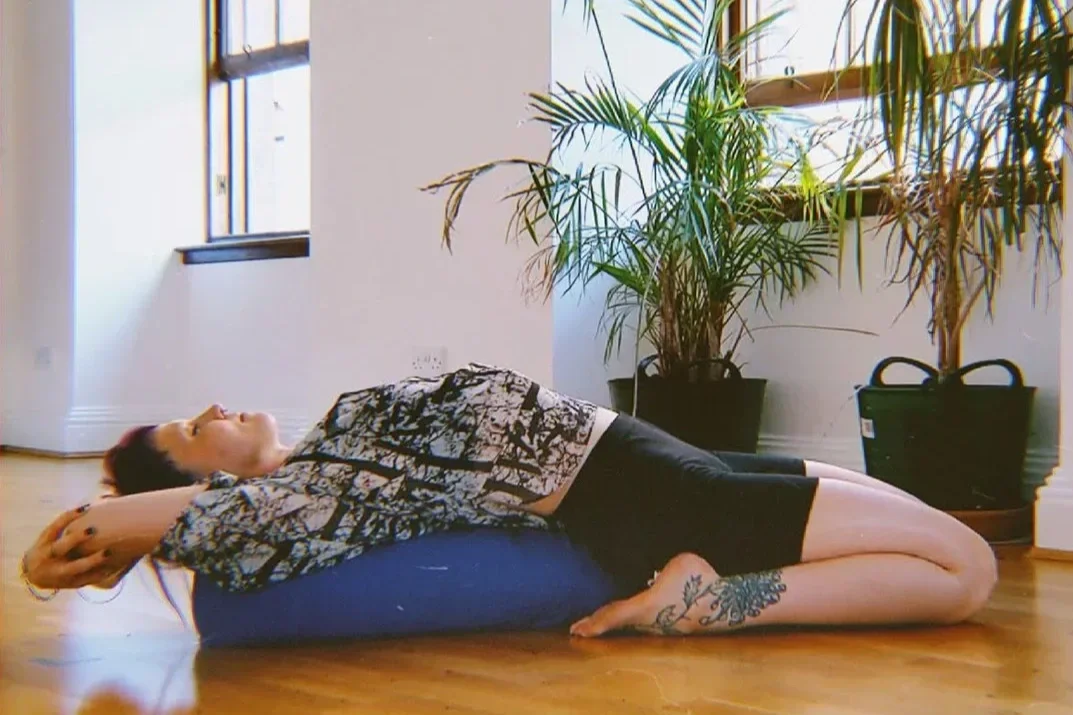What is Yin Yoga?
Yin is a slow and contemplative style of yoga, I call it a “slow-down party”, where we arrange the body in certain positions and then let go of effort and let gravity act on the body to create opening and awareness.
The “three tattvas” (elements) of yin yoga are Edge, Stillness, and Time. We arrange the body in a way to find an appropriate edge, which will be sustainable yet challenging, then we settle into stillness, and spend time in the posture to watch how the tissues adapt to the shape.
What kinds of poses do we do in yin?
Yin poses are always close to the ground, but come in a range of forms. Sometimes forward folds, side bends, hip opening poses like frog or ‘dragons’ (the lunge series), supported heart openers and even inversions using props and the wall as a support.
How long are yin poses held?
The poses are held for longer durations - usually between 3 to 5 minutes. We use time as one of our main tools, to let gravity act upon the tissues. When we slow down and yield to the posture, we can access deeper parts of the body that might not be reachable through effort.
What’s the intention of yin yoga?
Yin is a particularly contemplative practice where we meet ourselves. The long holds and abiding in stillness let us see our own minds and meet the feelings that can come up in these shapes. Abiding at a sustainable edge teaches us to be compassionate with the body and how to hold ourselves without pushing. Physically, we are placing stress on the tissues to improve hydration of the connective tissues and lubrication of the joints, which can improve flexibility and leave you feeling deeply relaxed as well as refreshed.
Where do props come into yin practice?
In yin we use props to help us find a sustainable edge, and to support the body so that we can give in to the posture. When we are supported, we can yield more easily which ultimately creates more space. We use props to make the posture meet each individual body, to invite more release.
What are the benefits of yin yoga?
Physically, yin helps us to hydrate the connective tissues and place healthy stress on the joints, to release tension held deeply in the body. The slow practice and soft mindful breath of yin yoga lets us move into the parasympathetic branch of the nervous system which creates rest, even as we are opening and unfolding the body, so it can reduce stress and help you sleep better. Because we are holding our awareness in stillness, yin cultivates a deep presence where you make a deep connection with the body and the field of the mind, which becomes quiet and open, yet alert. Slowing down and using the action of yielding and softening teaches us acceptance, moderation and respect for our physical, mental and emotional space.
If you’d like to give yin a try, why not join me on Monday and Wednesday evenings at Merchant City Yoga for a dreamy yin practice, both in the studio and online.









